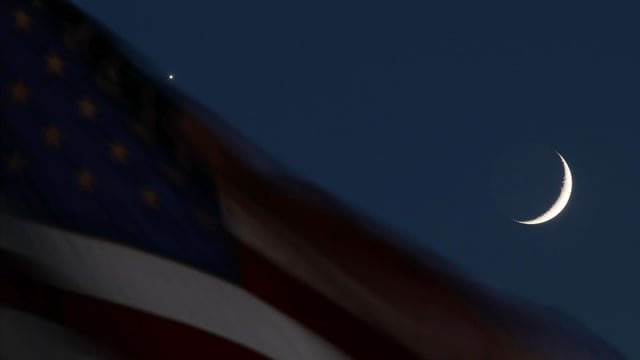Overview
- Look about 45–60 minutes before sunrise toward a clear eastern horizon as a very thin waning crescent sits just above Mercury.
- Venus, Jupiter and Saturn are easy to spot with the naked eye, while Mercury hugs the horizon and Uranus and Neptune need binoculars or a telescope.
- Use optics cautiously and stop before sunrise, and consider sky-mapping tools such as SkySafari or Stellarium to locate each target.
- After today the crescent moon exits the scene, but the multi-planet display continues for several mornings as Mercury grows tougher to see.
- NASA emphasizes that “planet parade” is a colloquial term for an optical lineup along the ecliptic rather than a true physical alignment.
